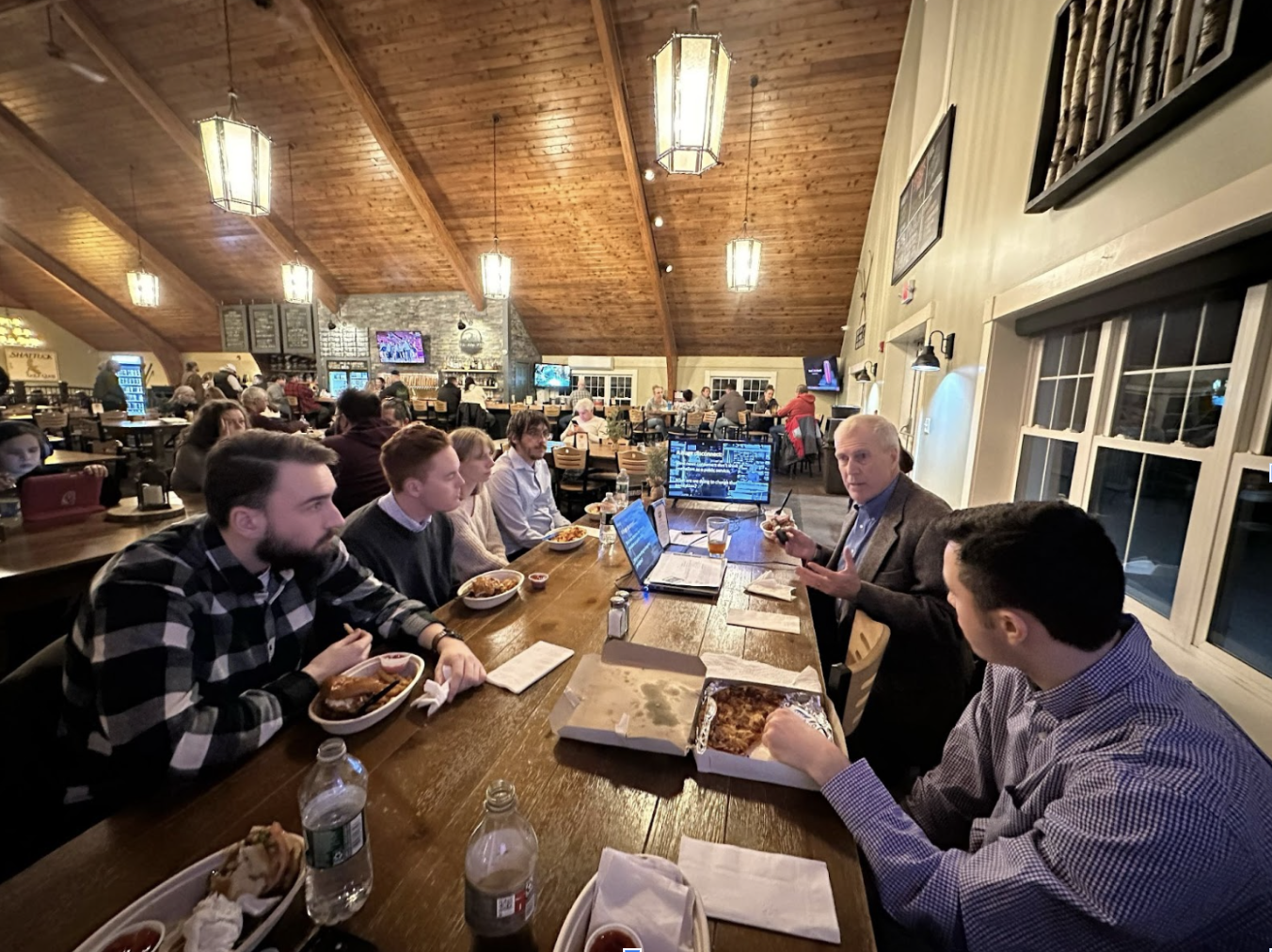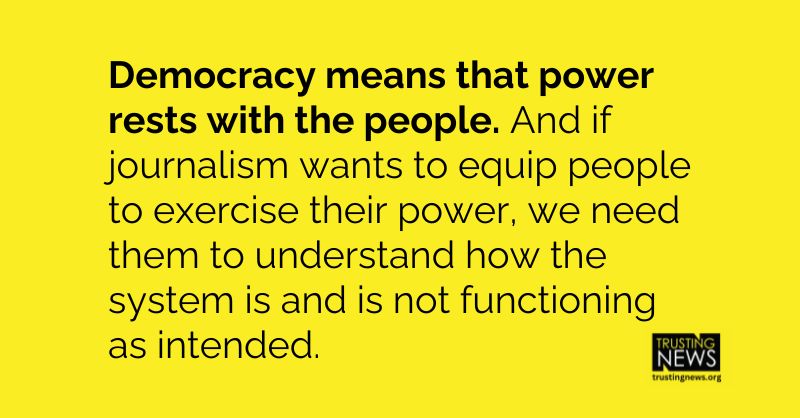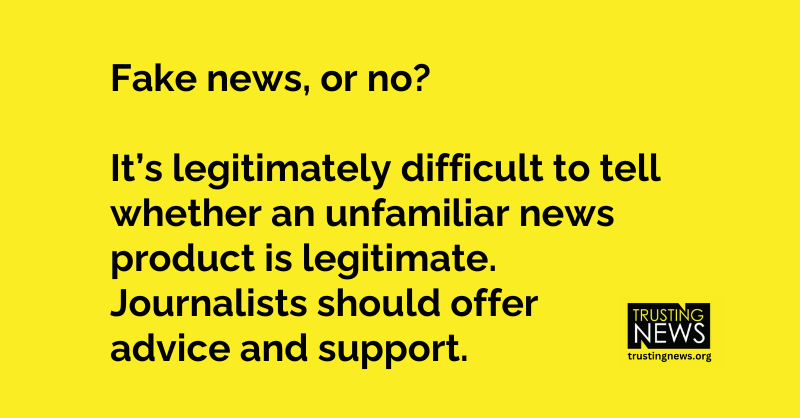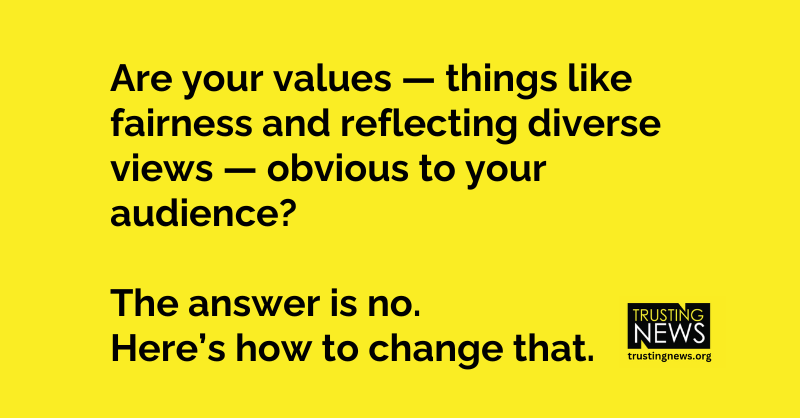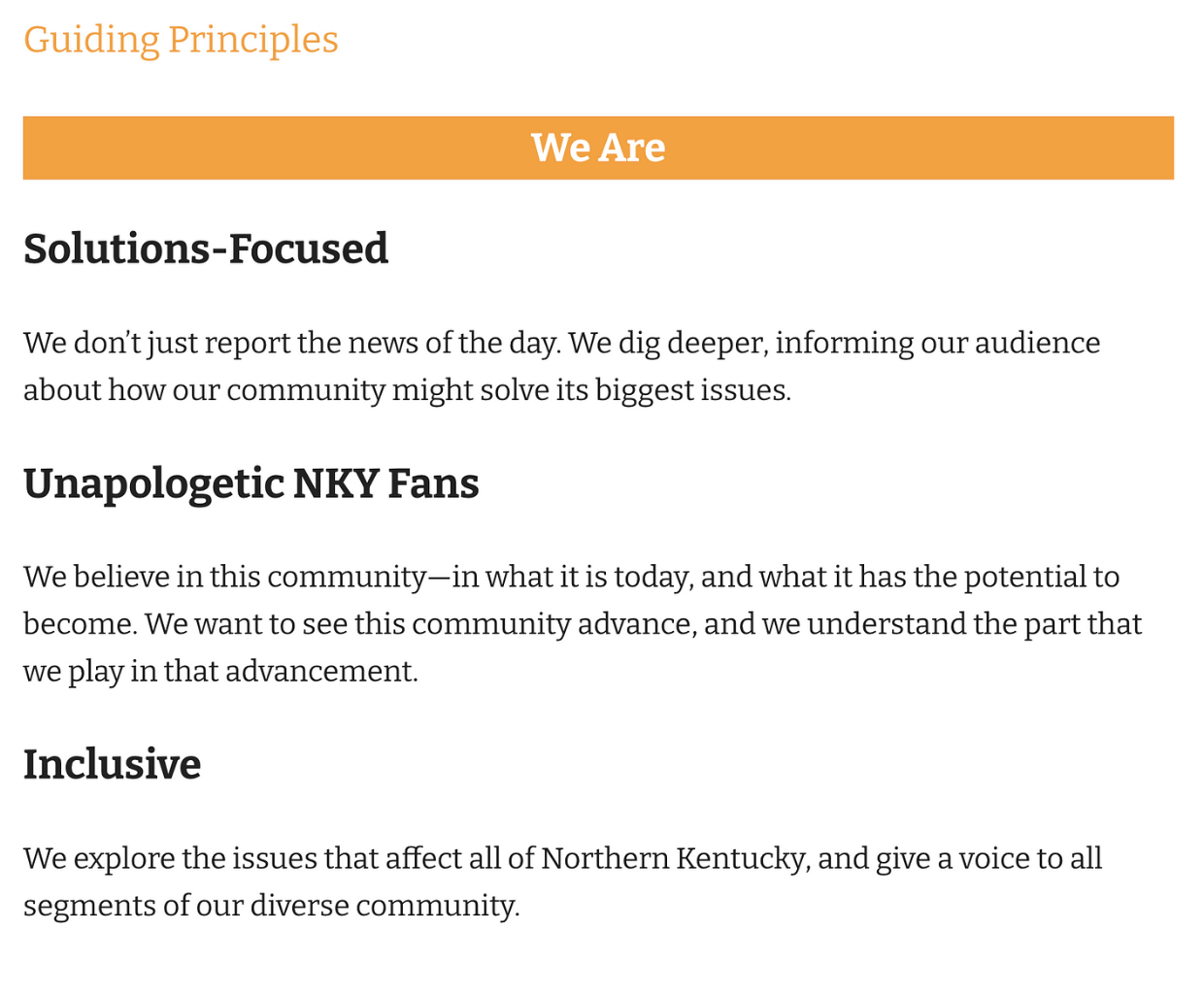
This weekly Trust Tips newsletter shares quick, actionable tips for how journalists can earn and sustain trust. Subscribe to get it in your inbox at trustingnews.org/newsletter.
Explain where story ideas come from
When journalists ask the public for feedback, one question just about always appears on the list in some form: How do you decide what to cover? Where do reporters find ideas? What’s news, anyway?
It’s a topic journalists don’t talk about much. In part, that’s because identifying what is and is not “news” feels squishy (we know it when we see it!). It’s not like there’s a rubric we fill out and anything above a certain score turns into a story. We’re also often inconsistent in our decision-making. Factors like which assignment editor is on duty and which reporter called in sick definitely are hard to explain or defend.
But we don’t pull back the curtain on the nuts and bolts of story ideas, so it only makes sense people might have questions. Often we’re not explaining: How can people submit tips, and what kinds of tips are we most interested in? What questions are we asking about the ideas we consider? Who makes coverage decisions?
You know what else we take for granted and don’t discuss? Why some things AREN’T news. Newsrooms get so many press releases, and the senders often think of them like story tips. In fact, those interactions might be the primary relationship those senders have with journalism. But most press releases don’t turn into stories, of course. So why aren’t we talking more about what we’re looking for?
LINK nky’s Meghan Goth does a great job with both concepts in this column.
Where do story ideas originate?
Meghan writes that probably 80 percent of story ideas come from beat reporting. And she describes what a beat is:
A beat is like a topic that reporters focus on. They develop relationships related to that topic which lead them to other relationships and so on. Everyone has a story, so the more relationships a reporter has, the more stories they are able to tell.
She goes on to describe a specific story that resulted from a reporter working a beat. And that on-the-ground work is a big part of their value proposition. When I talked to Meghan recently, she said that during last fall’s local election, the LINK nky staff talked to every one of the 222 candidates running in contested races.
How is a press release different from a news story?
In her column, Meghan also writes about the outlet’s press release portal and describes the difference between a press release and a news story.
A press release is usually written by a business with the purpose of promoting that business or something it is doing or has accomplished. A press release is inherently one sided, whereas a news story strives to reflect what happens in the community with multiple sides or opinions reflected. It should not be clear what the writer of the news story’s opinion is on a topic; but with a press release, the person or company pushing the product or news is attempting to win over the person reading it, so their position is clear.
The explanation is easy to understand. Of course promotional material is inherently one-sided. Of course that’s different from the goal of a news story. But most news outlets don’t explain that. And plenty of people wonder why their press releases don’t just get published verbatim.
The big question: How do you decide what to cover?
The overall question of how each news outlet sets coverage priorities is worth diving into. What is your team willing to articulate for your community? Know that once you do, you’ll be able to link back to it every time you get questions or criticism about your news judgment. Our Trust Kit on Explaining Coverage will walk you through it.
Note: The LINK nky team has a habit of talking about how they operate. We wrote a while back about their explanation of how they’re funded. If you click through, you’ll see there are PIE CHARTS showing their revenue and expenses. Be still my beating heart.
And their Guiding Principles are nicely articulated, too. Here’s a snapshot.
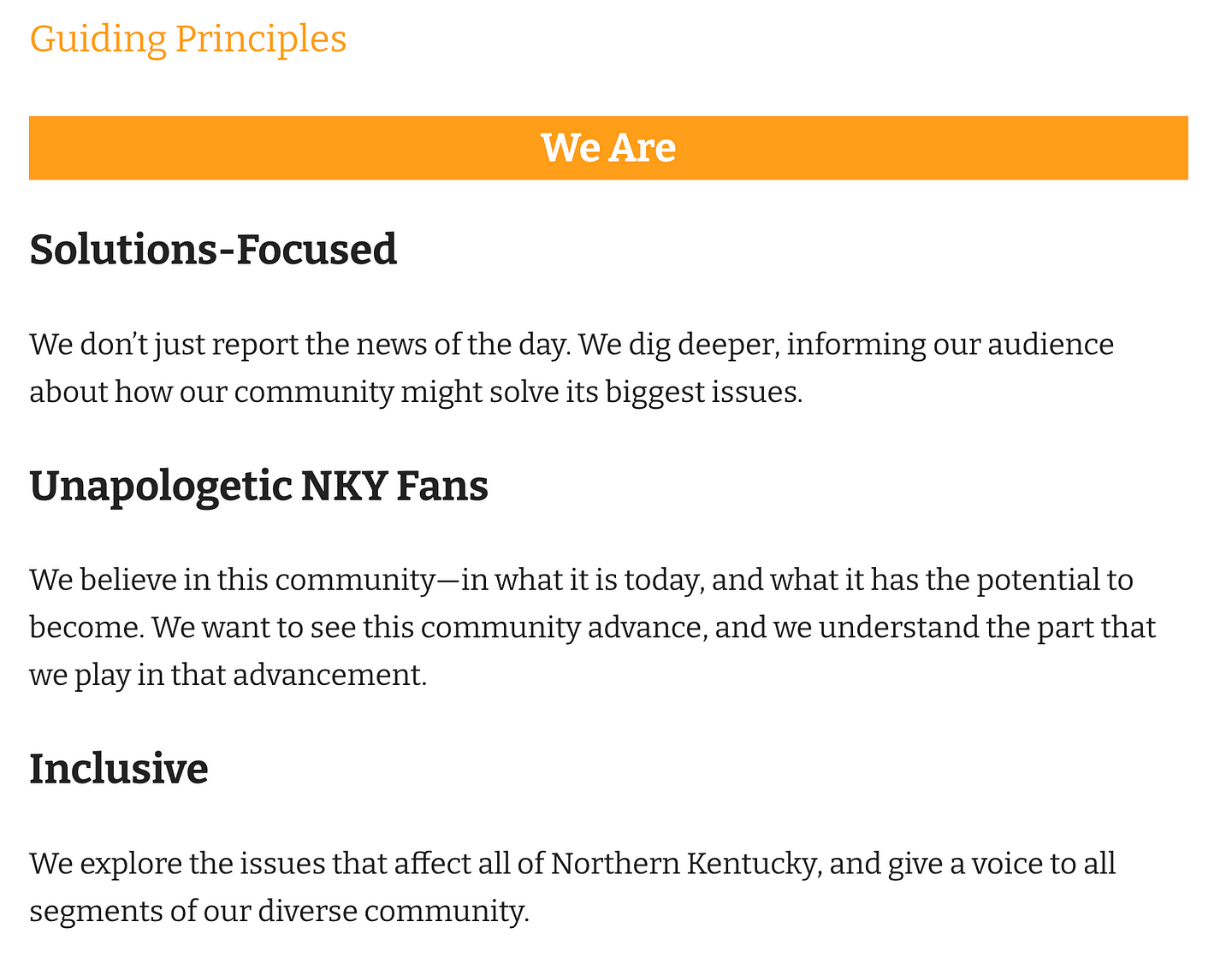
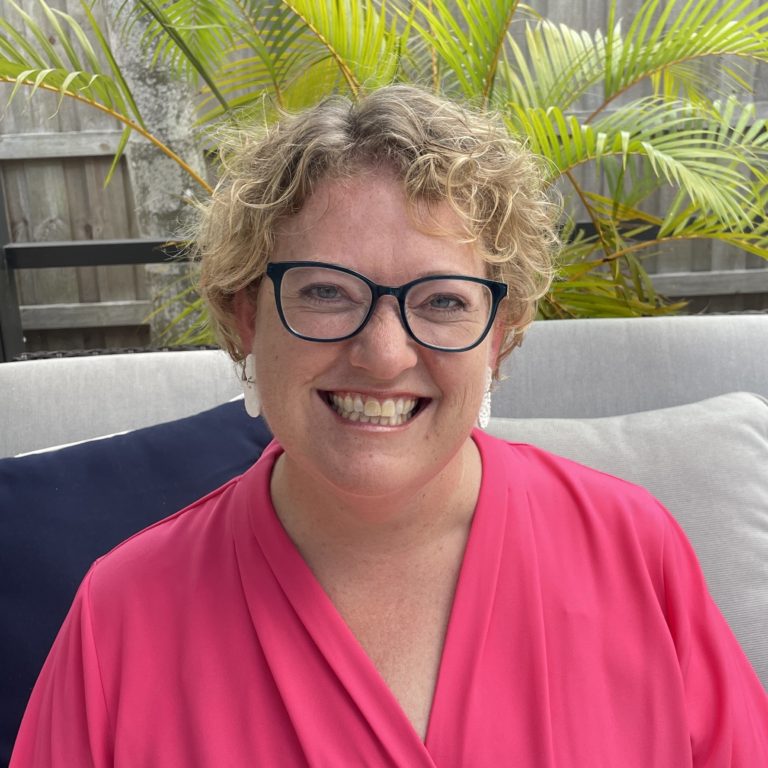
Executive Director Joy Mayer (she/her) founded Trusting News in 2016 after a 20-year career in newsrooms and teaching. She lives in Sarasota, Florida, and can be reached at joy@TrustingNews.org.
